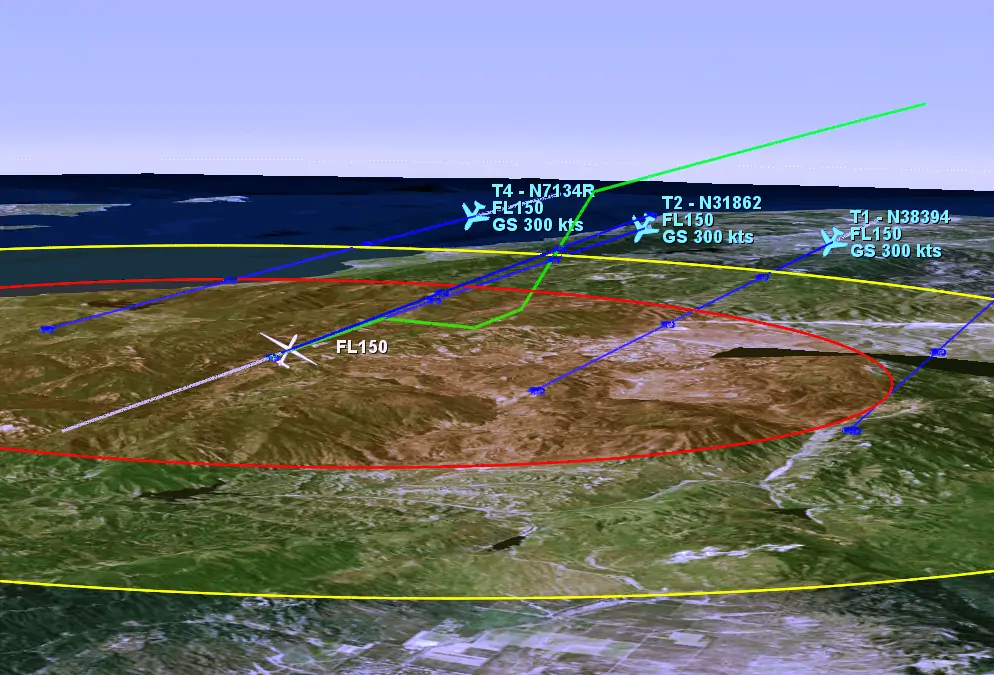Vigilant Aerospace has announced its new list of FlightHorizon products for both ground-based and on-board detect-and avoidance for unmanned aerial systems (UAS), as well as the company’s new integration and consulting services.
FlightHorizon GCS uses an aviation transponder and, when available, ground-based radar, attached to a laptop or workstation at the ground control station to provide collision avoidance commands and situational awareness to the ground-based unmanned aircraft pilot.
FlightHorizon AIR uses onboard transponder data and, when available, onboard radar, delivered to the ground control station over a radio control channel to provide collision avoidance commands and situational awareness to the unmanned aircraft pilot.
FlightHorizon PILOT uses onboard FlightHorizon computer, transponder data and, when available, onboard radar data, to send self-separation commands directly to the onboard autopilot.
FlightHorizon FLEET is a forthcoming cloud-based online unmanned fleet management system that collects flight logs from multiple FlightHorizon installations to provide centralized reporting, license management and flight replays for fleets.
Vigilant’s Integration & Consulting Services ensure the smooth integration of FlightHorizon into flight operations. Services include installation, configuration, system integration, software customization, user interface customization, testing, training and compliance consulting for companies using FlightHorizon products.
FlightHorizon uses data from standard aviation transponders and radar to allow unmanned aircraft to autonomously self-separate from other aircraft and avoid mid-air collisions. This function is critical to allowing unmanned aircraft to fly beyond visual line-of-sight.
The software also provides unmanned aircraft pilots with a 2D map-based view and 3D synthetic cockpit view of the airspace and full sensor fusion across aviation transponders, radars and online data feeds. The system is designed to help operators maintain flight safety, achieve beyond visual line-of-sight flight authorizations and comply with FAA Part 107.205 waiver requirements and upcoming RTCA SC-228 Phase II MOPS.
FlightHorizon is based on an exclusively licensed NASA patent and prototype which has been extensively tested to provide a unique autonomous “detect-and-avoid” function.



















